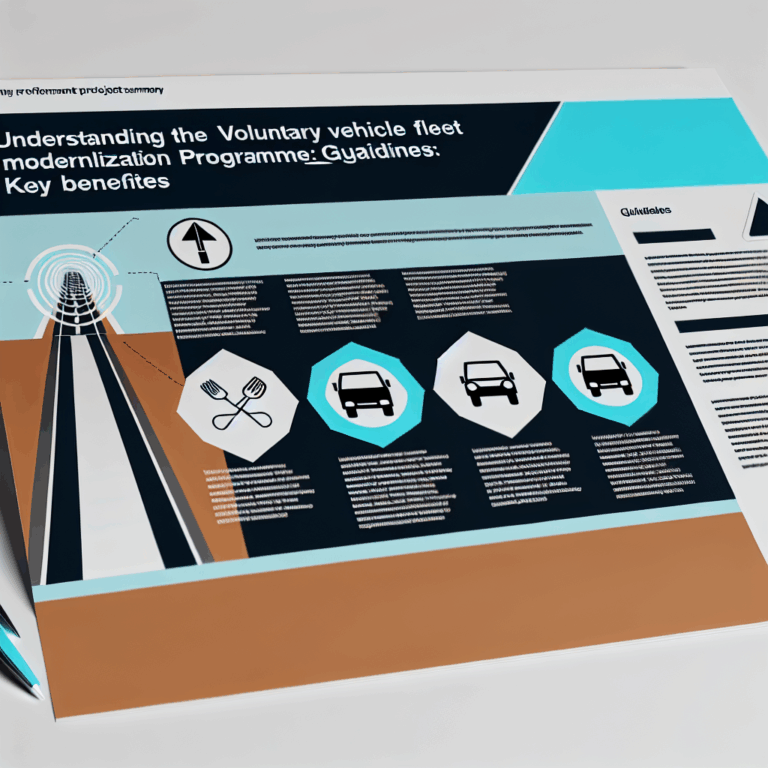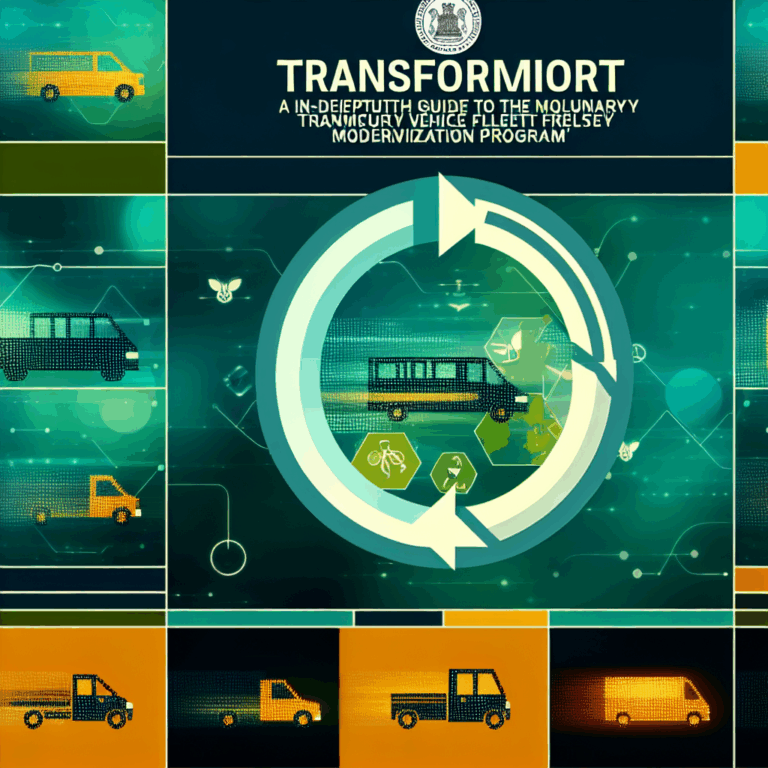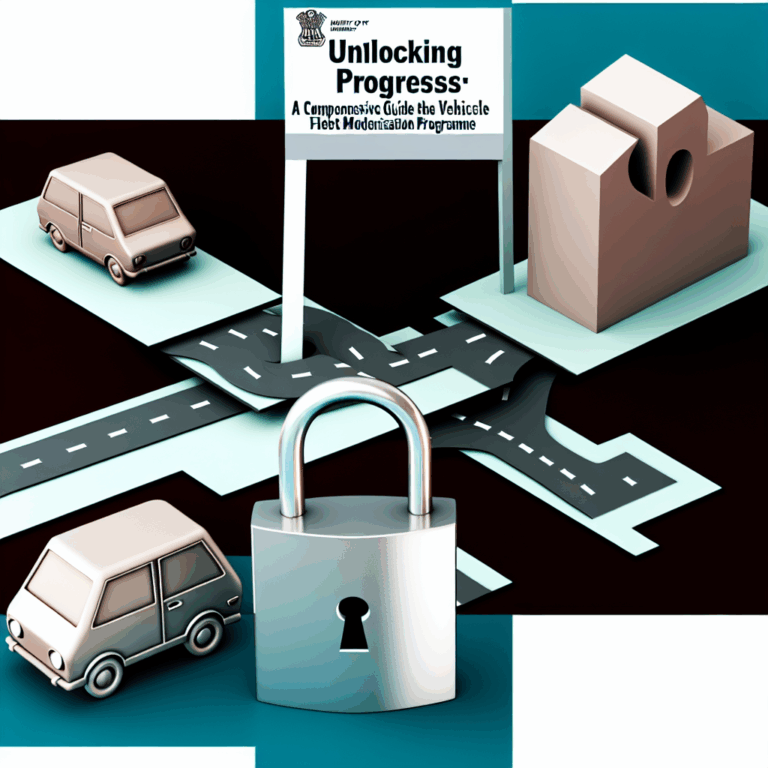Copyright @ 2023 www.digimitr.com. All rights reserved.
3 Tier Structure of Government in India
India is one of the largest democracies in the world with a complex governance structure consisting of a 3-tier system of government. The three tiers are the Central Government, the State Governments, and the Local Governments. Each of these tiers has its own unique responsibilities and roles in governing the country. In this article, we will explore the 3 tier structure of government in India, its significance, and how it works.
Central Government
The Central Government is located in the capital city of New Delhi and is headed by the Prime Minister. The Central Government has the power to create laws that are applicable throughout the country. It is responsible for matters of national importance, such as defense, foreign affairs, currency, and taxation. The Central Government consists of various ministries and departments, each responsible for specific areas of governance.
Some key points about the Central Government are:
- It is the highest level of government in India
- The Prime Minister is the head of the Central Government
- The Central Government is responsible for matters of national importance
- It has the power to create laws that are applicable throughout the country
State Governments
India has 28 states and 8 Union Territories, each with its own government. The State Governments are responsible for matters that are not under the purview of the Central Government, such as education, healthcare, agriculture, and law and order. The State Government is headed by the Chief Minister and consists of various departments that oversee different aspects of governance. Each State has its own legislative assembly, which is responsible for making laws that are applicable within the State.
Some key points about State Governments are:
- Each State has its own government headed by the Chief Minister
- State Governments are responsible for matters that are not under the purview of the Central Government
- Each State has its own legislative assembly responsible for making laws that are applicable within the State
- State Governments have their own departments that oversee different aspects of governance
Local Governments
The Local Governments in India are also known as Panchayats in rural areas and Municipalities in urban areas. The Local Governments are responsible for governing at the grassroots level. Local Governments are headed by the elected representatives of the people and are responsible for providing basic services such as water supply, sanitation, and garbage disposal. The Local Government is also responsible for the maintenance of local infrastructure such as roads, bridges, and public parks.
Some key points about Local Governments are:
- Local Governments are responsible for governing at the grassroots level
- The Local Government is headed by the elected representatives of the people
- Local Governments are responsible for providing basic services such as water supply, sanitation, and garbage disposal
- Local Governments are responsible for the maintenance of local infrastructure
Significance of the 3 Tier Structure of Government in India
The 3 tier structure of government in India has several significant advantages. Firstly, it ensures that power is distributed among different levels of government, which reduces the concentration of power in one entity. This helps to prevent the abuse of power and ensures that decisions are made in the best interests of the people.
Secondly, the 3 tier structure of government ensures that governance is closer to the people. Local Governments are responsible for providing services that directly impact the lives of people, such as sanitation, water supply, and public health. This helps to ensure that the needs of the people are addressed and that their voices are heard.
Thirdly, the 3 tier structure of government ensures that there is a system of checks and balances in place. Each level of government has its own responsibilities, and there is a system of cooperation and coordination between the different levels. This helps to ensure that there is accountability and transparency in governance.
Challenges faced by the 3 Tier Structure of Government in India
Although the 3 tier structure of government has many advantages, it also faces several challenges. One of the major challenges is the issue of coordination and cooperation between the different levels of government. Often, there is a lack of communication and cooperation between the Central, State, and Local Governments, which can lead to inefficiencies and delays in decision-making.
Another challenge is the issue of adequate resources and funding for Local Governments. While the Central and State Governments have access to significant resources, the same is not true for Local Governments. This can lead to a lack of resources for the provision of basic services and infrastructure at the local level.
There is also the issue of political interference and corruption at the local level. Local Governments are often under the influence of local political leaders, which can lead to corruption and misuse of power.
Conclusion
In conclusion, the 3 tier structure of government in India is an important aspect of the country’s governance system. It ensures that power is distributed among different levels of government, ensures governance is closer to the people, and provides a system of checks and balances. However, there are also challenges that need to be addressed, such as coordination and cooperation between different levels of government, adequate resources for Local Governments, and the issue of political interference and corruption at the local level. By addressing these challenges, the 3 tier structure of government in India can be made more effective and efficient, leading to better governance and development.





